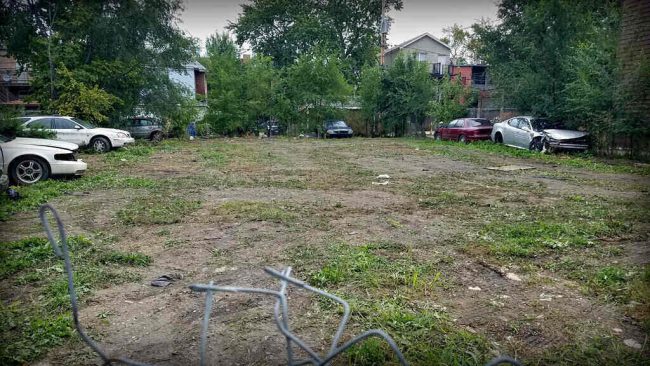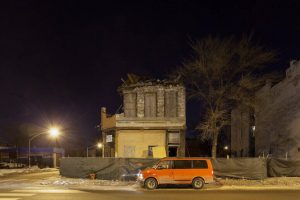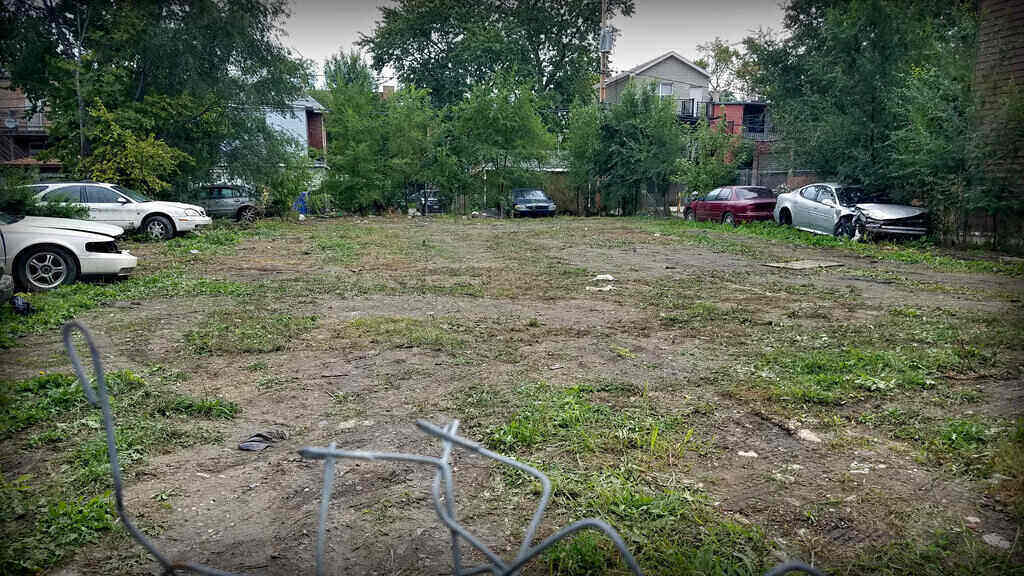|
Getting your Trinity Audio player ready...
|

North Lawndale is a community located on the West Side of Chicago. The community’s known as one of the most dangerous areas to live in Chicago but isn’t inhabitable. The community has its fair share of buses, schools, hospitals, clothing shops, and restaurants to offer.
Jackson Morsey, Alex Linares, Jack Rocha, and Matthew D. Wilson are responsible for producing the Lawndale Service Area Databook for Lawndale Christian Development Corporation. The Lawndale Service Area Databook is used by the LCDC and their partners to “think about who they are, anchor their strategy, and adjust strategies going forward.”
The Databook also “provides information to help inform strategic choices in shaping the future of North Lawndale.” One of the focuses of the LSAD is the community’s wealth or lack thereof in this case. North Lawndale’s residents suffer from their lack of wealth and the Databook gives an explanation as to what keeps them from escaping the clutches of poverty.
A community has multiple cycles working within it, but the financial cycle is one of the most fundamental because it funds the community and provides for its residents. In order for the residents of a community to be successful, they put money into their neighborhood work to get it back, and then return it back in their community.

It’s a cycle that keeps the community functioning and stable. Without a successful cycle going, a community is doomed to fail. Failing in a community doesn’t always mean termination, it could just mean that the residents have to endure hardships until the cycle’s restored. One way that a community’s cycle could fail is through leakage and North Lawndale’s community suffers from leakage.
North Lawndale suffers from leakage because their jobs are less easily acquired by its own residents than they are acquired by people outside of the community, which causes a steady flow of income to be constantly going out of Lawndale, not likely to be returned. On top of that, North Lawndale residents are forced to go outside of the community to get the necessary resources needed for their daily living, like fruits and vegetables, because they aren’t available within the community.
In 2018, 12.7% of working residents had a bachelor’s or advanced degree, but 21.2% of jobs in North Lawndale were worked by people with bachelors or advanced degrees. This means that 8.5% of higher-paid jobs went to people who didn’t even reside within the community. Another problem is concerning the community’s residents, responsibility needs to be placed upon them and we need to work to get them to step up to the plate.
The residents are not fully to blame for their predicament, they were put into situations where they were set up for failure. But that doesn’t mean they have to forever be set up for failure. The higher-paying jobs go to people outside of the community because they have the required degrees in order to obtain the jobs. Degrees they went to college for and earned, but degrees that residents of the community don’t have.
The residents have to pay their money outward and go to grocery stores and businesses outside of the community to acquire necessary needs because the businesses and grocery stores within the community lack the necessary materials to satisfy their residents. Making this change starts with agriculture, emphasis, and encouragement for the youth in school, transforming the vacant lots, and non-profits. However, there are many options that haven’t been explored.
Written by Josie Henderson
Edited by Sheena Robertson
UIC Great Cities Institute: Lawndale Service Area Databook By: Jackson Morsey, Alex Linares, Jack Rocha, Matthew D. Wilson
Top and Featured Image Courtesy Seanbirm’s Flickr Page – Creative Commons License
Inset Image Courtesy of Noah Vaughn‘s Flickr Page – Creative Commons License



